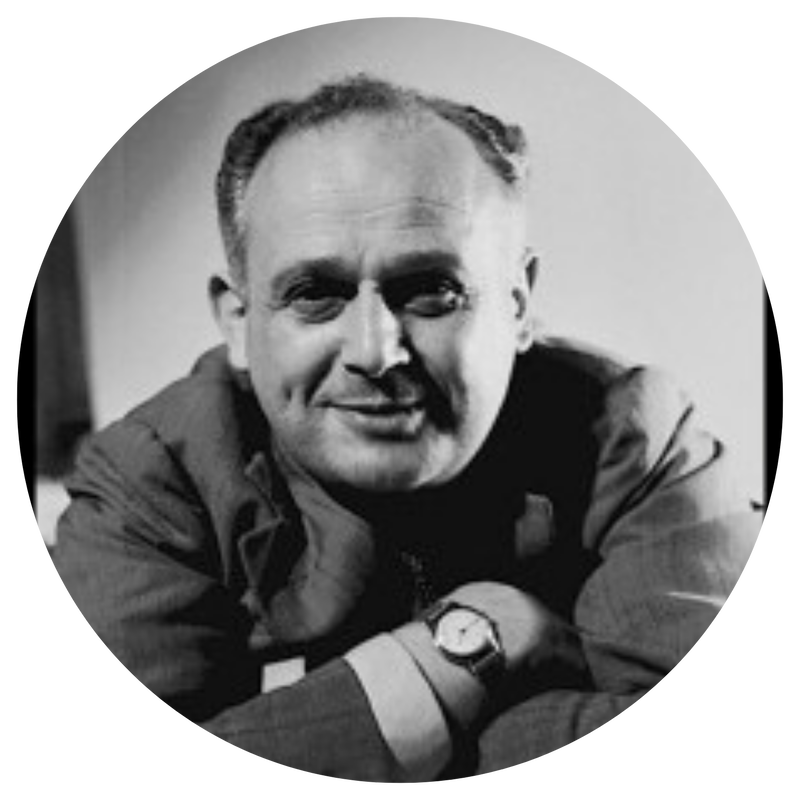What is the Feldenkrais Method?
|
The Feldenkrais Method® is a unique approach to learning which can make lasting improvements to our lives through the medium of movement. We learn how to move through the world with greater ease, co-ordination, flexibility and grace.
It combines guided attention with gentle movement to heighten awareness of ourselves and our sensations. In this way we learn from the inside out, making use of our brain’s plasticity - its ability to change for the better at any age. What are the benefits? Fluid, easy movement at every age Pain-relief and recovery from injury Support for neurological conditions Skills for dancers, musicians, athletes Calmness & well-being |
|
How does Feldenkrais work?
Many of our everyday aches and pains occur as a result of how we move. Over our lifetime we each develop unconscious habits in the way we do things. Sometimes these ways of using ourselves no longer serve us well and we develop pain or discomfort. The Feldenkrais Method can help you to become aware of how you move and enable you to learn new ways to move, which are more comfortable and cause less stress to your body. The emphasis is on awareness and learning, rather than ‘correcting’ or ‘fixing’. How is it learned? The Feldenkrais Method can be learned in group classes - called Awareness Through Movement and individually in Functional Integration sessions. Jackie offers both of these modalities. |
|
Where does The Feldenkrais Method come from?
Moshe Feldenkrais (1904-1984) was a distinguished physicist, engineer and judo master who devised the Feldenkrais method in response to his own knee injury. Despite being given little hope of ever walking normally, Feldenkrais refused surgery. Instead he looked for clues about how to heal himself through his extensive knowledge of neuroscience, biomechanics, psychology, engineering and martial arts. He explored non-habitual movement patterns in a playful, curious way. This approach prompted his nervous system to update restrictive habits that were causing him problems. He learnt to move more easily. To achieve lasting, radical change, Feldenkrais discovered it was important to work with the whole self - mind and body as a unified entity. Feldenkrais began sharing his discoveries with others – helping people with all kinds of limitations – from recovery from stroke or other injury, to management of multiple sclerosis or cerebral palsy. He began training students to be practitioners themselves, first in Israel and then in the United States. Although he died in 1984, such training continues in dozens of countries, on almost every continent and there are currently about 4000 practitioners of the Method that bears his name. His insights contributed to an emerging field of somatic education. They continue today to influence disciplines such as physical medicine, the arts, education and psychology. |


